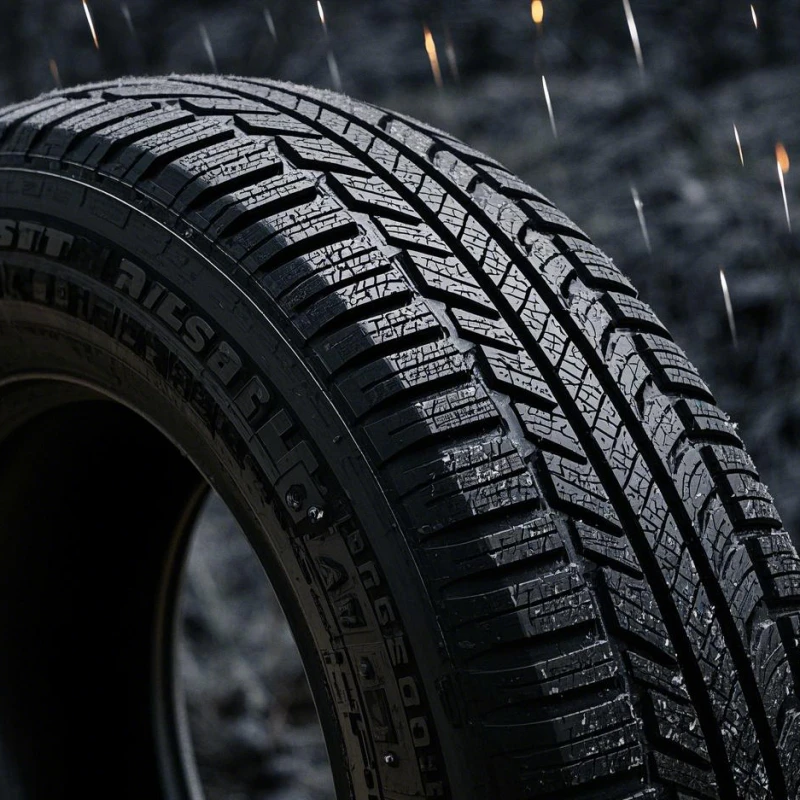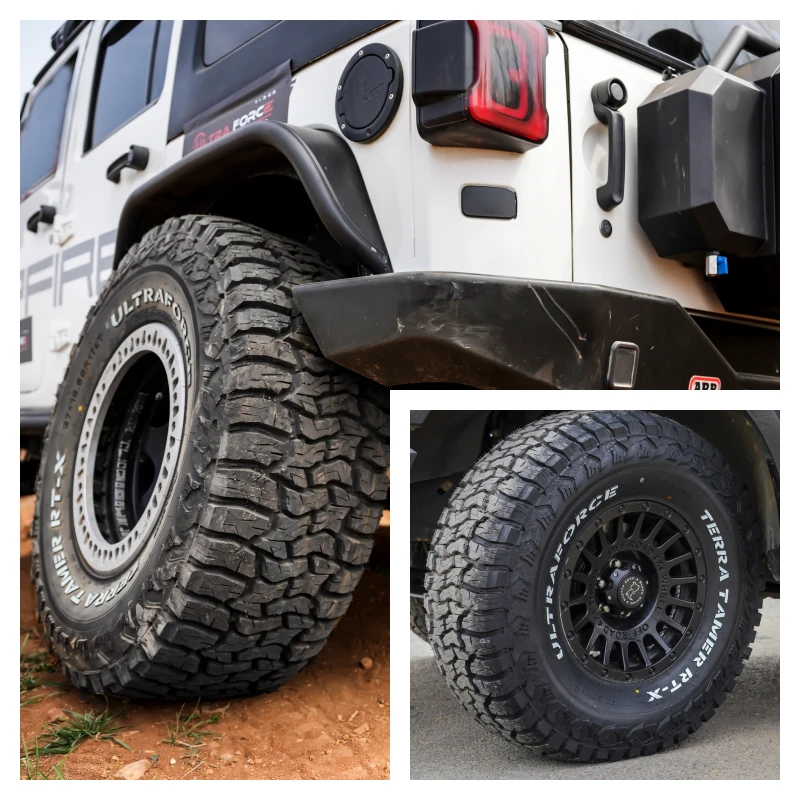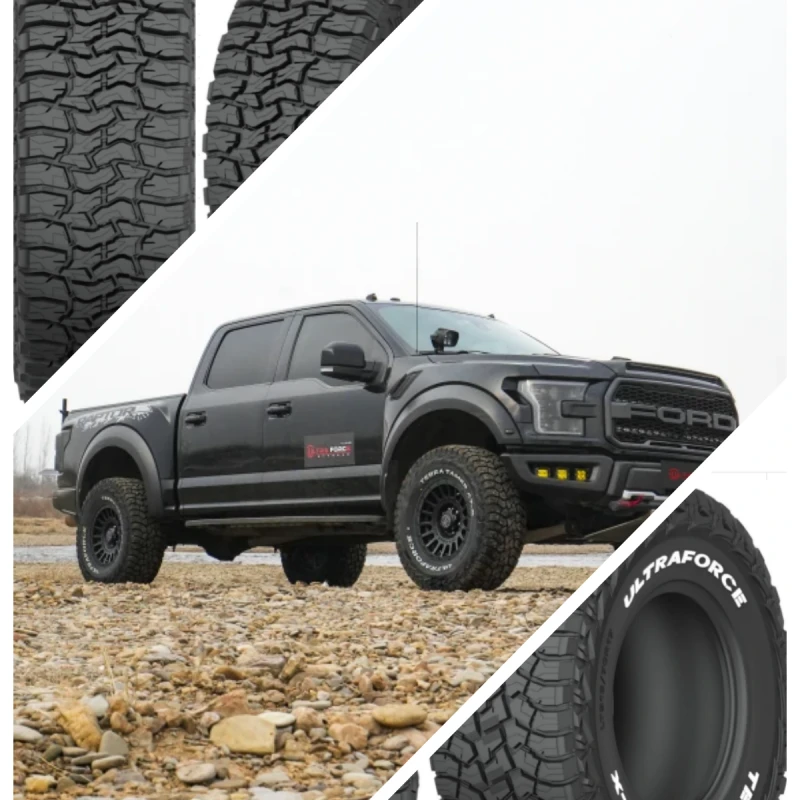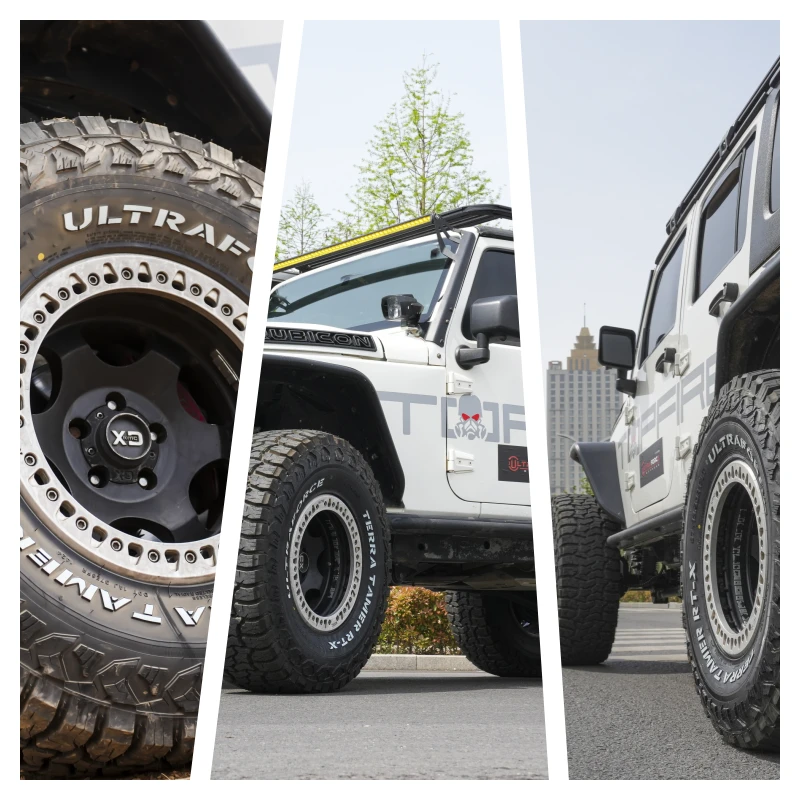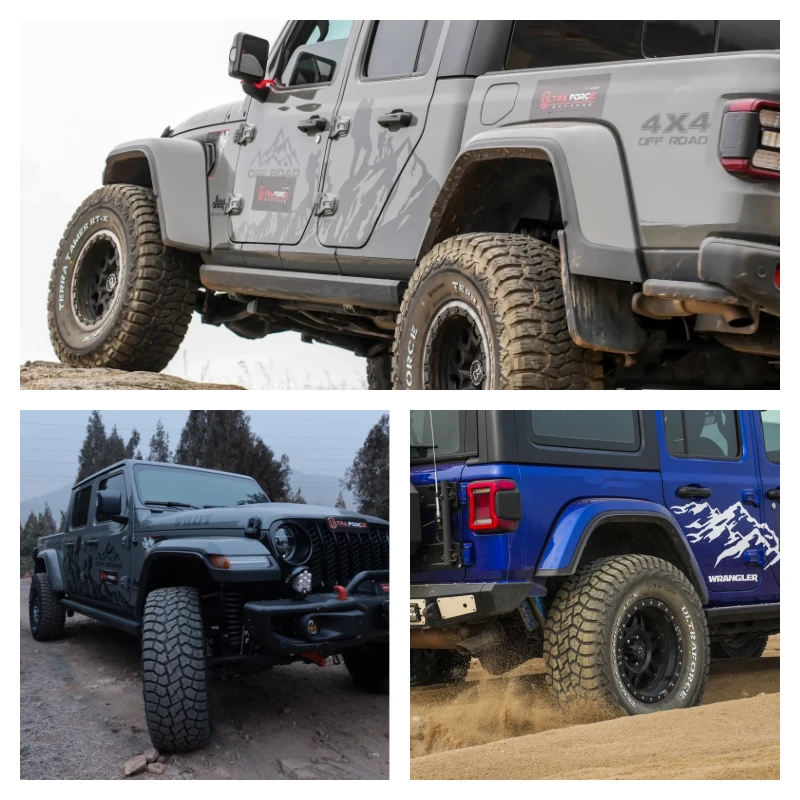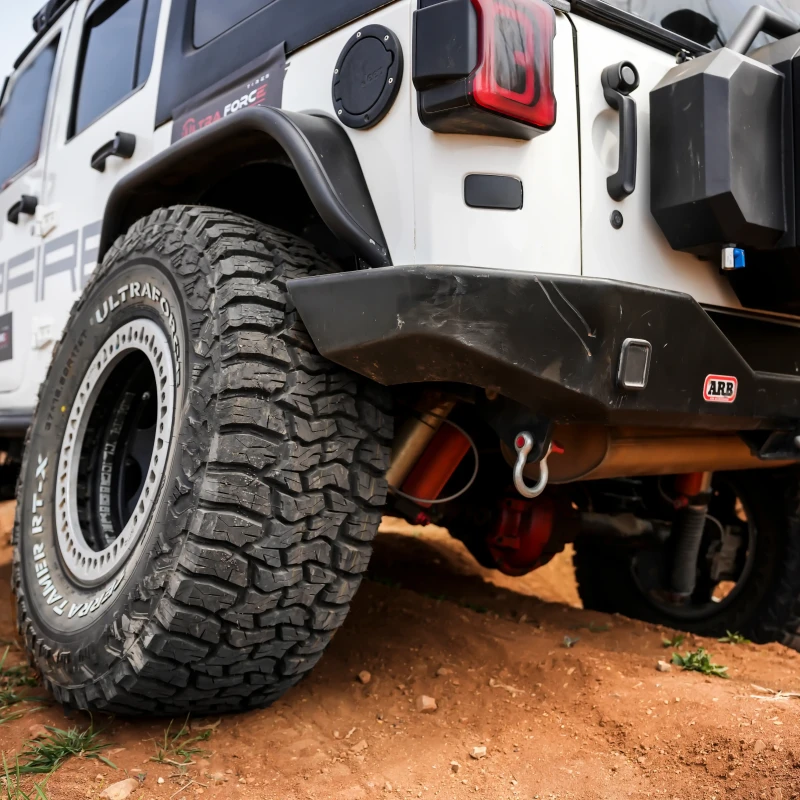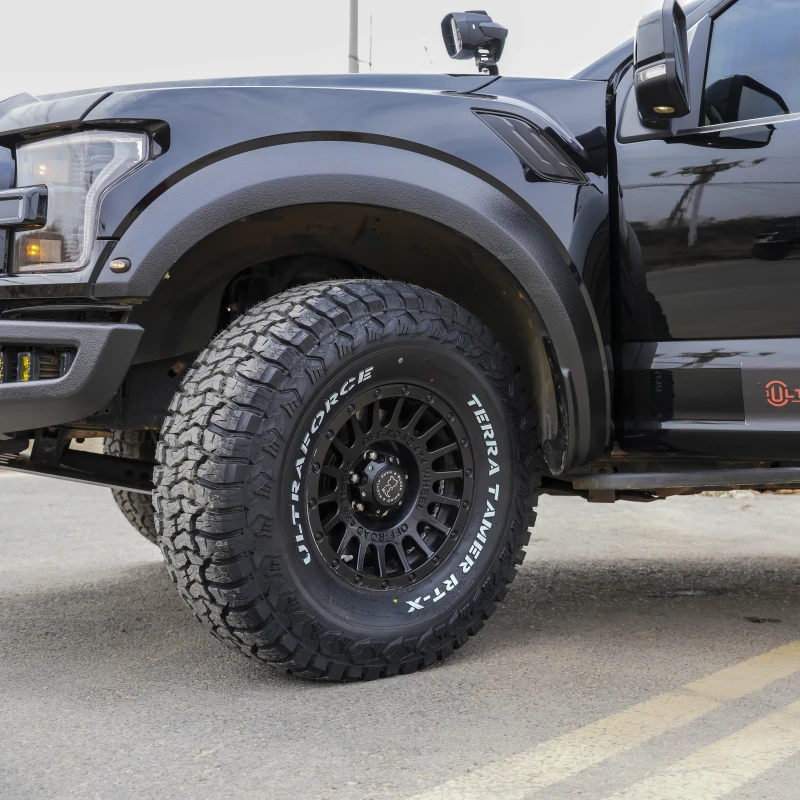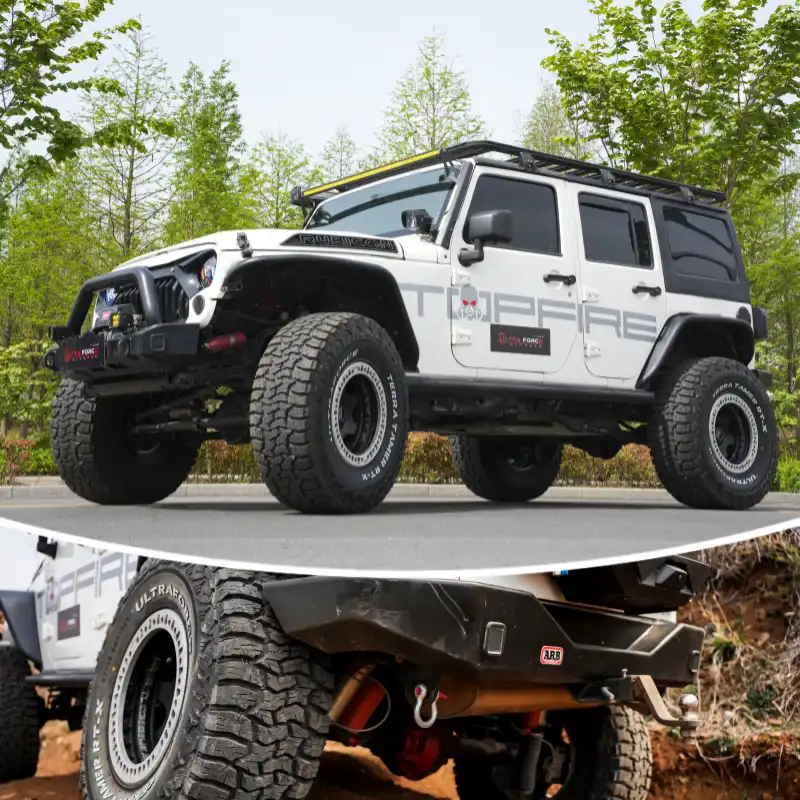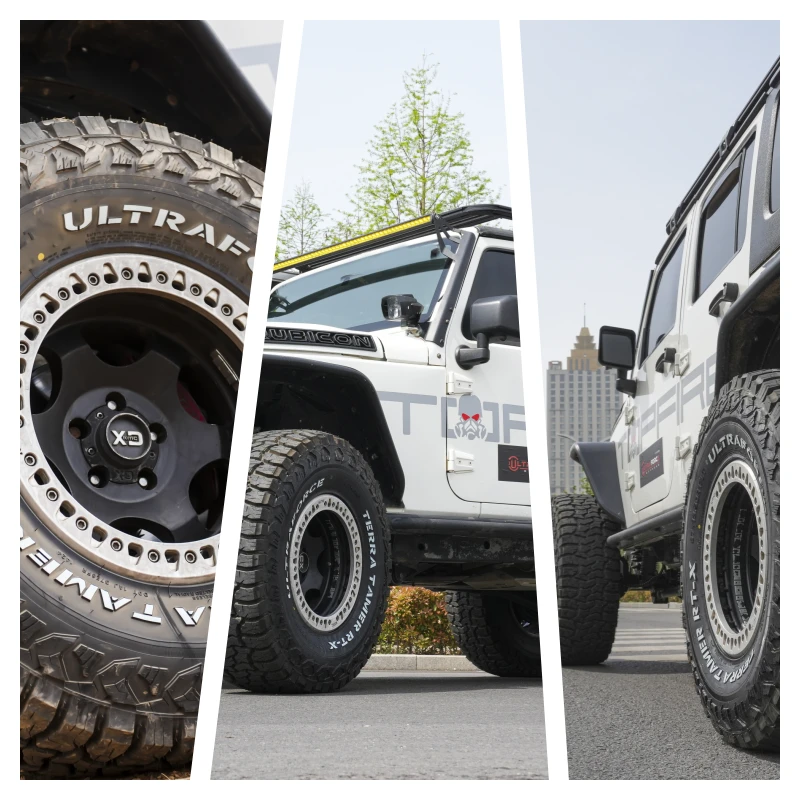All-Weather vs. All-Season Tires
When selecting tires for your vehicle, understanding the differences between all-weather and all-season tires is crucial for safety, performance, and longevity. Both types of tires offer year-round usability, but their performance varies depending on climate and road conditions.
This article provides an in-depth comparison, supported by research data and performance tables, to help you make an informed decision.
Understanding All-Season Tires
Features and Benefits
All-season tires are designed to offer a balanced performance in a variety of road conditions, including:
Dry Roads – Stable traction and handling.
Wet Roads – Good resistance to hydroplaning with proper tread patterns.
Light Snow – Can handle mild winter conditions but lose effectiveness in heavy snow or ice.
Composition and Performance
All-season tires are made with a rubber compound that remains flexible in warm temperatures but hardens in cold conditions. This characteristic limits their ability to grip icy or snowy surfaces effectively.
Pros and Cons of All-Season Tires
| Pros | Cons |
|---|---|
| Longer tread life in moderate climates | Reduced traction in extreme cold or heavy snow |
| Quiet and comfortable ride | Hardens in low temperatures, reducing grip |
| Better fuel efficiency compared to all-weather tires | Not ideal for severe winter conditions |
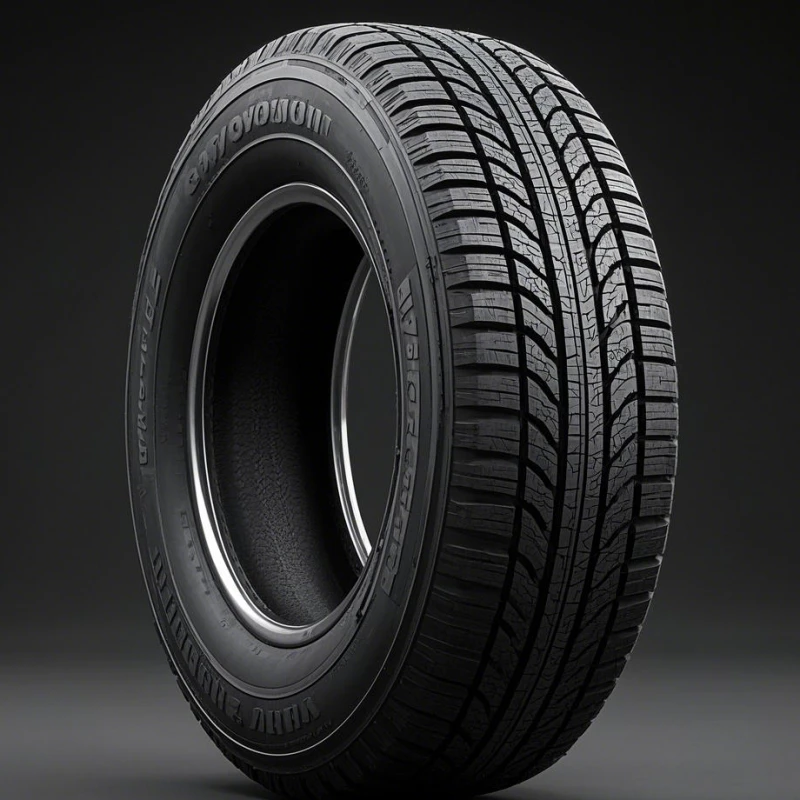
This is an all-season tire. The tread pattern is designed to take into account a variety of road conditions and climate conditions. It has wide and deep drainage grooves, which can effectively deal with slippery roads. At the same time, the pattern blocks are reasonably distributed to ensure grip in different seasons. The rubber formula allows it to maintain appropriate elasticity at different temperatures.
Understanding All-Weather Tires
Features and Benefits
All-weather tires combine the best of all-season and winter tires, offering improved performance across diverse weather conditions, including:
Dry Roads – Performs well year-round.
Wet Roads – Excellent grip due to softer rubber compounds.
Snow & Ice – Certified with the Three-Peak Mountain Snowflake (3PMSF) rating, indicating superior winter performance.
Composition and Performance
All-weather tires use a unique rubber formulation that remains flexible even in freezing temperatures. Their tread patterns are designed for enhanced grip on snow, ice, and wet roads.
Pros and Cons of All-Weather Tires
| Pros | Cons |
|---|---|
| Superior traction in cold, wet, and snowy conditions | May wear faster than all-season tires |
| Eliminates the need for seasonal tire changes | Slightly noisier due to deeper treads |
| Performs well in moderate and severe winter conditions | Slightly lower fuel efficiency due to increased rolling resistance |
Performance Comparison: All-Season vs. All-Weather Tires
To better understand the differences, let's analyze their performance in key areas:
| Performance Metric | All-Season Tires | All-Weather Tires |
|---|---|---|
| Traction on Dry Roads | ★★★★ | ★★★★ |
| Traction on Wet Roads | ★★★ | ★★★★ |
| Snow & Ice Performance | ★★ | ★★★★★ |
| Tread Longevity | ★★★★★ | ★★★ |
| Fuel Efficiency | ★★★★ | ★★★ |
| Comfort & Noise | ★★★★★ | ★★★ |
✔ Key Takeaways:
All-season tires are great for moderate climates with occasional light snow.
All-weather tires are ideal for regions experiencing significant temperature shifts and frequent snowfall.
Suitability Based on Climate and Driving Habits
When to Choose All-Season Tires
√ If you live in a region with mild winters where snowfall is rare or minimal.
√If you prefer a longer tread life and better fuel efficiency.
√ If you drive mostly on highways and urban roads.
When to Choose All-Weather Tires
√ If you experience cold winters, snow, and ice but don’t want to switch to winter tires.
√ If you need consistent year-round performance in unpredictable climates.
√ If you drive in mountainous or snowy regions where road conditions vary frequently.
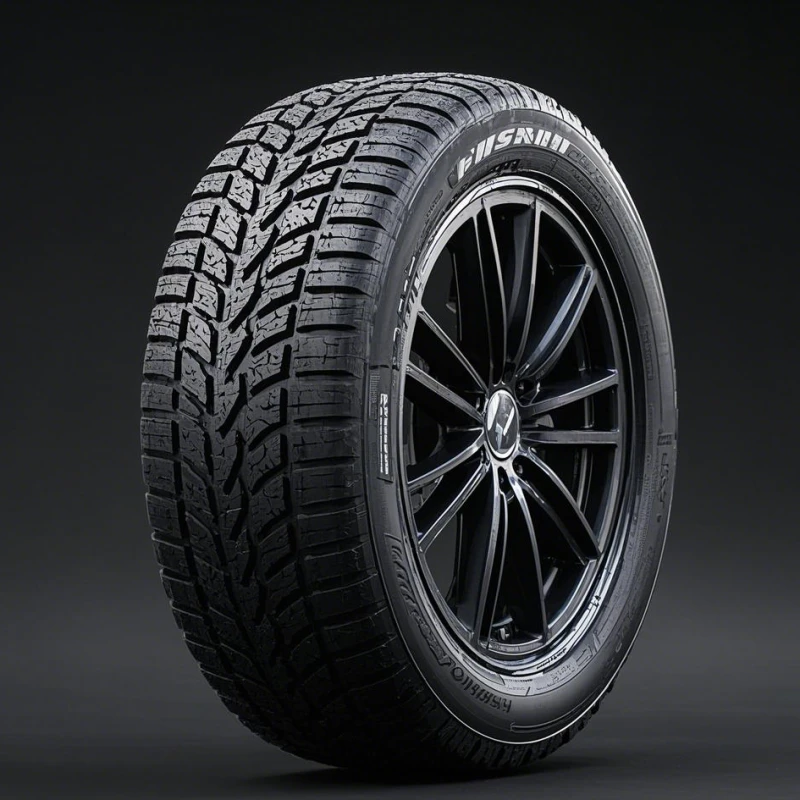
This is a winter tire with deeper and more complex tread grooves, which is designed to provide better grip and anti-skid performance on icy and snowy roads.
Cost Considerations
| Tire Type | Average Price per Tire | Expected Lifespan |
|---|---|---|
| All-Season Tires | $80 - $200 | 50,000 - 80,000 miles |
| All-Weather Tires | $100 - $250 | 40,000 - 60,000 miles |
✔ Cost Insight:
All-season tires tend to last longer and are more cost-effective over time.
All-weather tires may require replacement sooner but offer enhanced safety in diverse conditions.
Expert Recommendations
According to tire industry experts:
For warmer regions (e.g., Southern U.S., parts of Europe, Australia) – All-season tires provide the best balance of comfort and longevity.
For variable climates (e.g., Canada, Northern U.S., Scandinavia) – All-weather tires are a safer choice, as they perform well in both summer and winter conditions.
Conclusion
Choosing between all-season and all-weather tires depends on your location, driving habits, and safety priorities.
If you drive in mild conditions with occasional rain and light snow, all-season tires are a practical and cost-effective choice.
If you frequently encounter snow, ice, or fluctuating temperatures, all-weather tires provide superior safety and year-round usability.
UltraForce Tires: Your Ultimate Tire Solution
When it comes to choosing the right tires for all-weather and all-season performance, UltraForce Tires stands out as your trusted partner. With decades of expertise in designing and manufacturing high-performance off-road and passenger tires, we ensure durability, superior traction, and an outstanding driving experience for every road condition.
Whether you need customized tread designs for extreme terrains or reliable tires for daily driving, UltraForce Tires offers tailored solutions to meet your needs. From gravel and rocky trails to muddy paths, rain, and snow, our off-road tires are built to conquer any challenge. Welcome to contact us!
Upgrade your driving experience with UltraForce Tires – where performance meets reliability!
